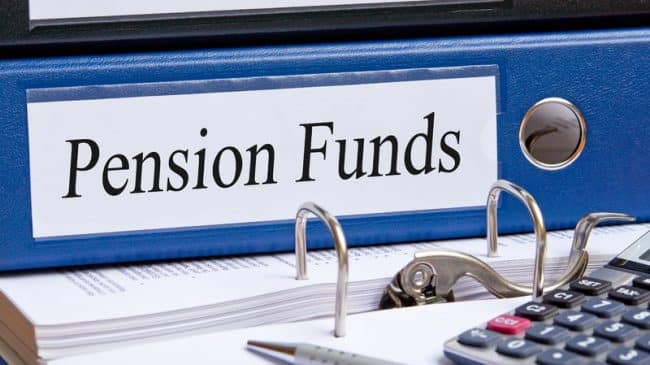Fitch has recently downgraded the City of Dallas (Texas) bond rating in light of the worsening public debt of its police and fire pension fund. Meanwhile, The Deferred Retirement Option Plan (DROP) — one of the most troublesome programs in the pension system — has already experienced an exodus of $220 million in withdrawals in less than six weeks.
For years, the Dallas Police & Fire Pension System (DPFP) has seen a steady erosion of its solvency that could be attributed to poor investment management, overly optimistic actuarial assumptions, and lavish benefit payments that weren’t properly pre-funded. Moreover, recent actuarial valuations suggest that time for prudent actions seems to be running out — as of January 1, 2016, the plan was only 45.1% funded and projected to run out of money as early as FYE2030 if not sooner.
“I’ve had 40 to 50 officers in my office this week asking what they should do,” said James Parnell, 52, secretary-treasurer of the Dallas Police Association. To shed some light on how the fund reached this stage it is helpful to look back in time.
Perhaps two of the main issues hovering over the plan’s dire situation are the financing of DROP and overall funding policy. Until 2011, public safety personnel in Dallas were eligible to retire and draw their pensions after 20 years of employment, allowing them to start another career as early as their 40s. The city established its DROP program in 1993 as a mechanism intended to provide an incentive for police and firefighters to remain employed and not retire immediately upon hitting the 20-year retirement eligibility minimum.
The way the DROP operates is by allowing a member eligible for retirement to remain working, and instead of paying out pension benefits, the employer freezes their compensation and years of service, but in return deposits what would have been the employee’s monthly pension benefit into a separate account with a guaranteed interest rate of between 8% to 10%. The so-called “double dipping” part of the program is a debatable feature, but the guaranteed rate of return is unambiguously problematic. Average returns for the plan haven’t been anywhere near 8% to 10% for the past decade.
DROP was certainly a boon for some employees. As of 2015, nearly half of retirees and a quarter of active members were in the program, with accounts averaging at $422,000. And it developed rapidly, as the plan saw a 31% increase in its membership since 2006 and a staggering 679% growth of distributed benefits since 2005, all compared to 2015 estimates. The program essentially took over the pension system, with $112 million paid out in monthly benefits and lump sums in 2015 alone, constituting approximately 64% of all distributions paid to members last year.
That rapid rate of DROP payouts is connected to the broken funding policy of the DPFP pension plan in several ways. To start, the plan has been using an 8.5% unrealistically high assumed rate of return since 1999. (Only in 2015 did the plan initiate changes to its investment assumption lowering it to 7.25% return.) And the reality of actual returns has been harsh.
In 2000 the plan’s asset allocation was set up with an expectation of earning 8.5%. But over the past 15-years, DPFP’s average market return has been just 3.19%.* Between when the plan adopted the 8.5% assumed return and 2009 the average market valued return was just 5.9%. And looking at the plans investments over just the past five years (2011 to 2015) — i.e. after the financial crisis — the market return for the Dallas plan has averaged only 0.32%.
That underperformance in investment return not only has created a lack of trust in the plan’s solvency — leading to a wave of employees leaving the plan along with their DROP accounts — but the guaranteed rates of return on those DROP accounts were far higher than actual returns the plan was getting, creating vicious feedback loop that drove up plan unfunded liabilities even higher.
As a result of these and other subsequent factors, between the fiscal years ending 2007 and 2015, DPFP’s funded status declined by almost half, from 89% to 45%. The plan currently recognizes $3.3 billion in unfunded liabilities.
The situation worsens each week as more and more members pull out their money in fear that interest rates on the DROP accounts will be cut, and that member contributions will rise. This, in turn, has forced the pension board to push the city for more funding to help the depleted assets. Mayor Mike Rawlings has recently even proposed putting off a voter referendum on a needed infrastructure bond until the city comes up with a fix for the public safety retirement system.
The DPFP board and staff are currently working with their new actuarial consultant to develop a set of changes to plan provisions they would like to address in an upcoming reform. While doing so, local officials and other stakeholders may also benefit from the experience of jurisdictions like the State of Arizona, which enacted major reforms for its statewide police and fire pension system earlier this year that had the buy-in from employers, employee associations and elected officials.
The next Texas legislative session starts in January 2017, and any meaningful DPFP reform would require sufficient support by plan members, local officials, and state legislators.

